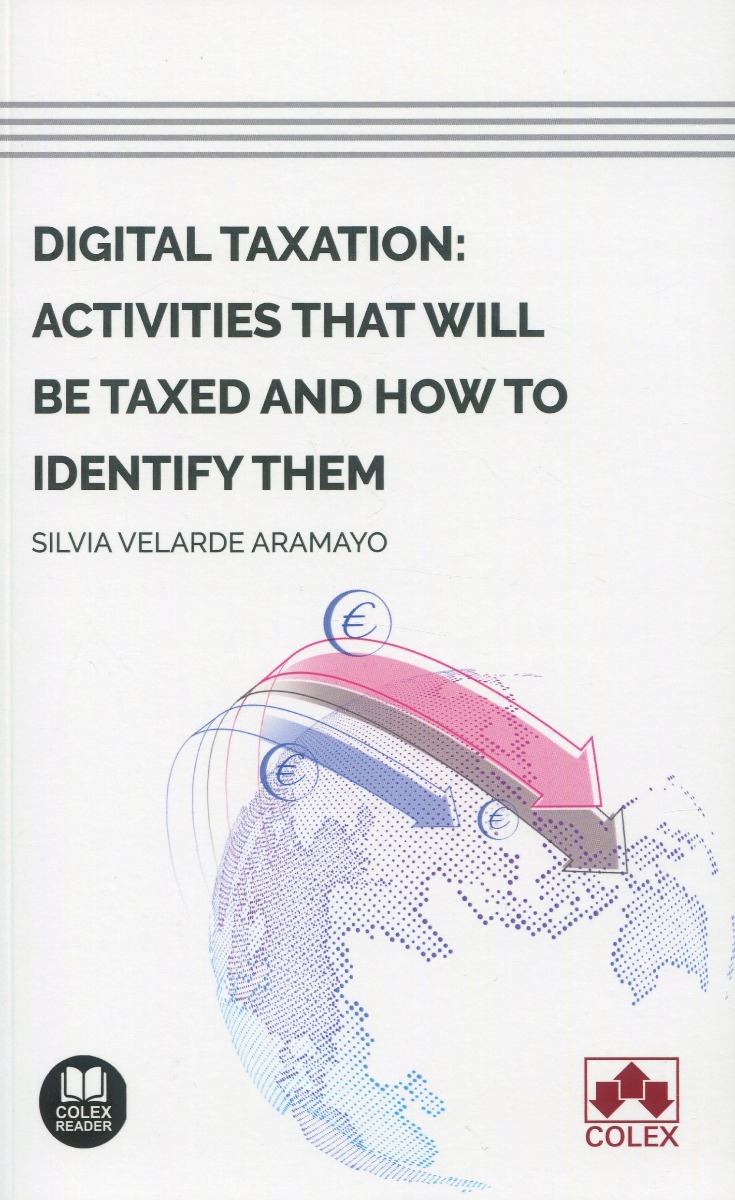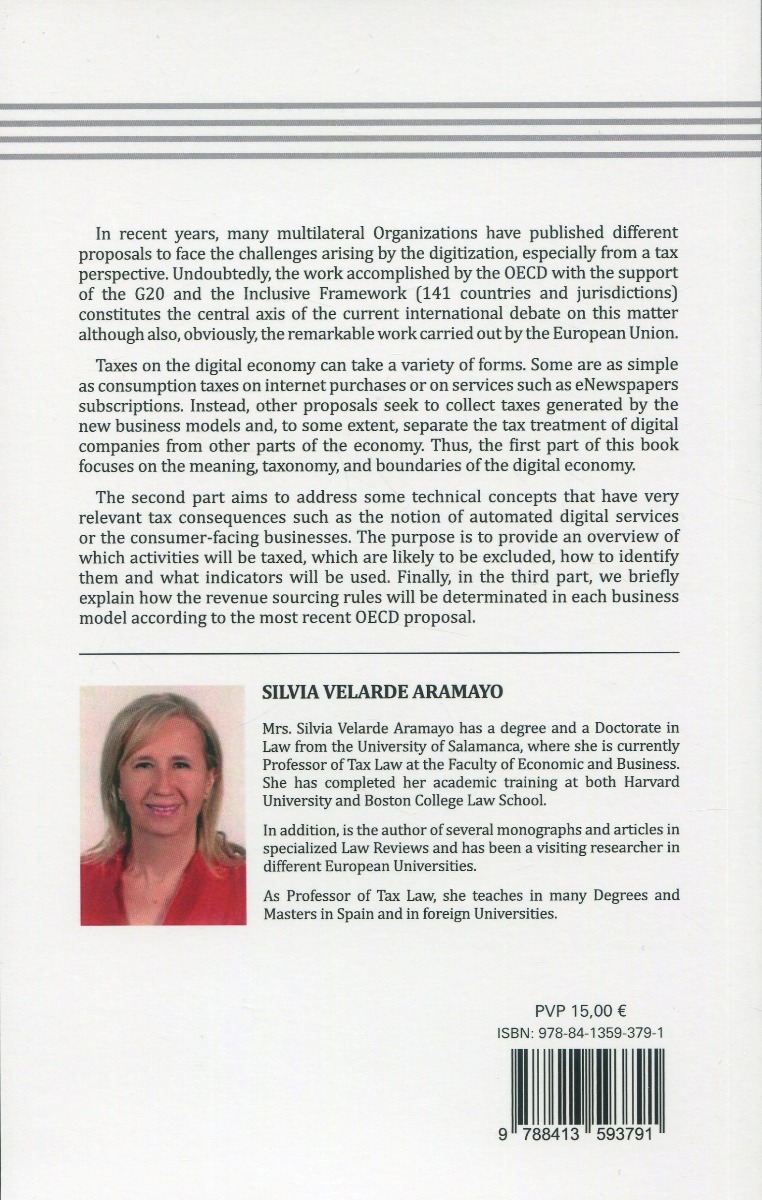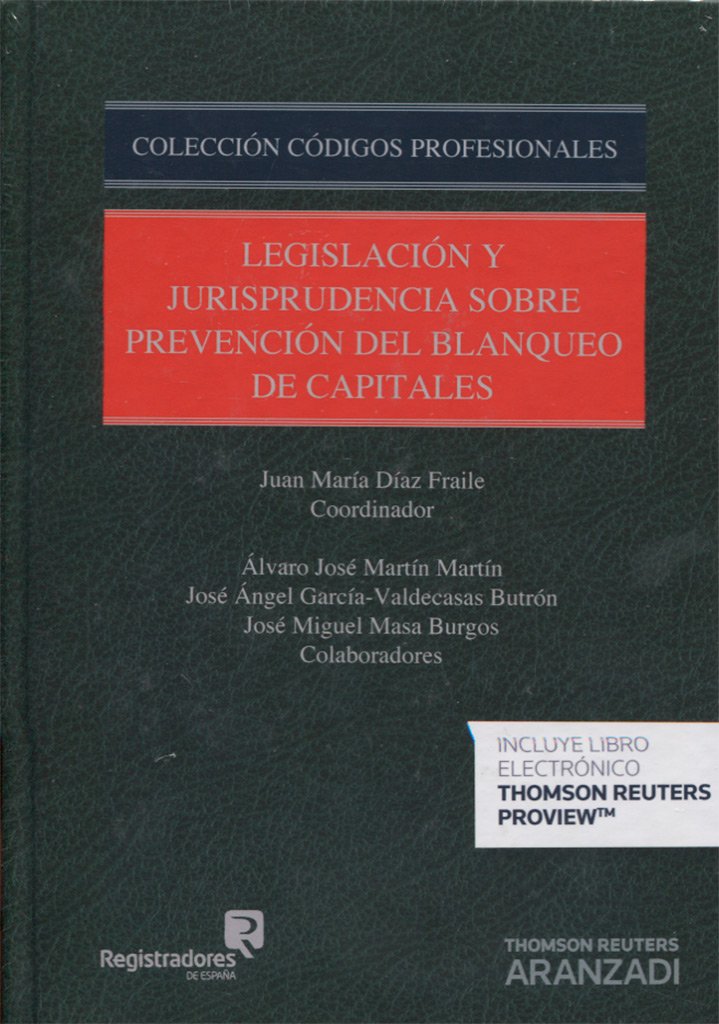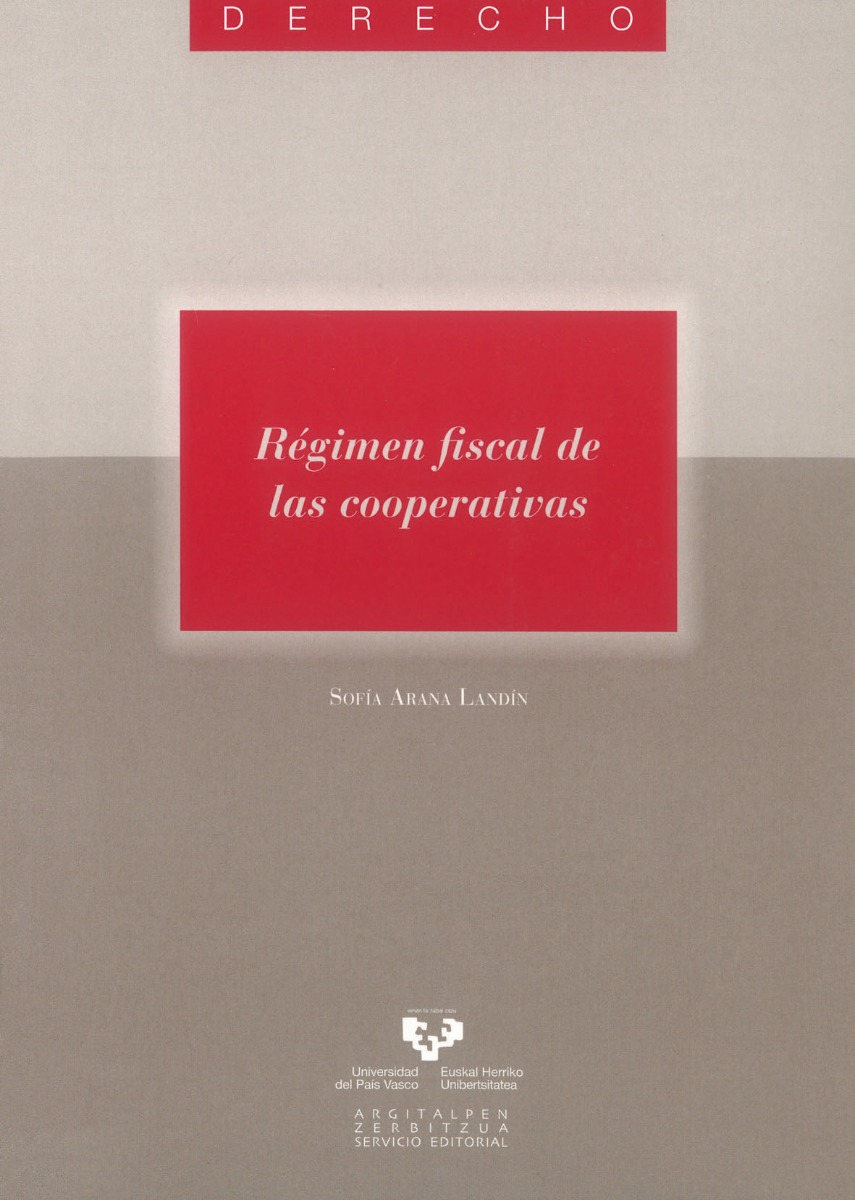In recent years, many multilateral Organizations have published different proposals to face the challenges arising by the digitization, especially from a tax perspective. Undoubtedly, the work accomplished by the OECD with the support of the G20 and the Inclusive Framework (141 countries and jurisdictions) constitutes the central axis of the current international debate on this matter although also, obviously, the remarkable work carried out by the European Union.
Taxes on the digital economy can take a variety of forms. Some are as simple as consumption taxes on internet purchases or on services such as eNewspapers subscriptions. Instead, other proposals seek to collect taxes generated by the new business models and, to some extent, separate the tax treatment of digital companies from other parts of the economy. Thus, the first part of this book focuses on the meaning, taxonomy, and boundaries of the digital economy.
The second part aims to address some technical concepts that have very relevant tax consequences such as the notion of automated digital services or the consumer-facing businesses. The purpose is to provide an overview of which activities will be taxed, which are likely to be excluded, how to identify them and what indicators will be used. Finally, in the third part, we briefly explain how the revenue sourcing rules will be determinated in each business model according to the most recent OECD proposal.
PREFACE
INTRODUCTION
FIRST PART: CAN BE TAXED THE DIGITAL ECONOMY?
1. Overview and taxonomy
2. Boundaries of the digital economy
3. Digital sector and digital transactions
4. Approaches to define the digital economy
4.1. Bottom-up definitions
4.2. Top-down definitions
4.3. Flexible definitions
SECOND PART: WHAT ACTIVITIES WILL BE TAXED?
1. The «value creation»: a questioned criterion
2. Digital business models
3. Main sectors
3.1. Automated digital services
3.1.1. Activities included in the positive list
3.1.2. Activities comprised in the negative list
3.2. Consumer-facing businesses
3.3. Activities excluded from both categories
4. Tax-disruptive digital elements
5. Tax-disruptive business models
6. Multisided platforms and value creation
7. European Union proposals: taxed activities
8. MNE´s included in the scope of amount «A»
THIRD PART: WHAT ARE THE REVENUE SOURCING RULES AND THEIR INDICATORS?
1. The OECD and the New Diplomacy
2. The new revenue sourcing rules
2.1. Source rules for automated digital services
2.2. Source rules for consumer-facing business
3. Hierarchy of indicators
4. Indicators in automated digital business
5. Indicators in consumer-facing business
6. The Spanish approach about to the tax on digital services
CONCLUSIONS
REFERENCES
Silvia Velarde Aramayo, Degree and Doctor in Laws from the University of Salamanca
Degree and Doctor in Laws from the University of Salamanca, where currently is Tax Law Professor at the Faculty of Economics and Businesses. She has completed her academic training both at Harvard University and Boston College Law School. In addition, she is the author of several monographs and articles in specialized Law Reviews. Likewise, she has been a visiting researcher at different European Universities. As Professor of Tax Law, she teaches in different Degree and Master’s in Spain and in other foreign Universities.









